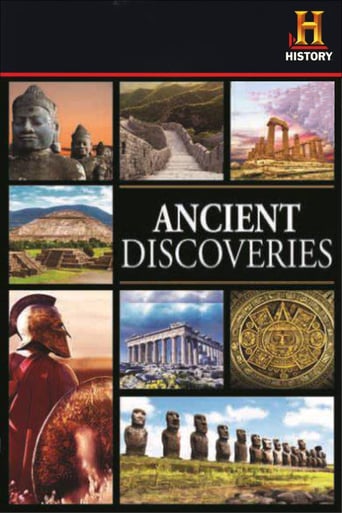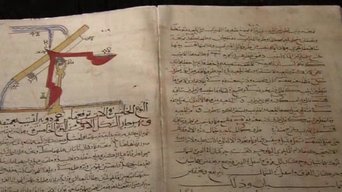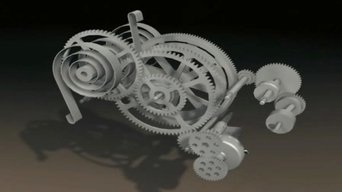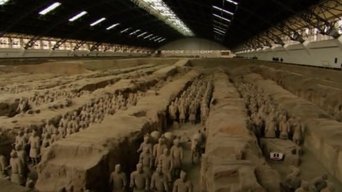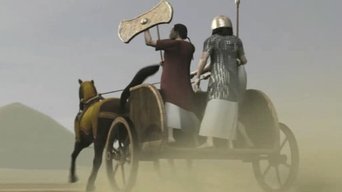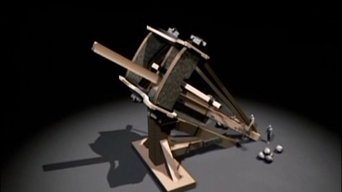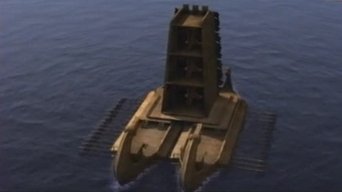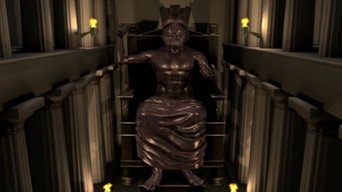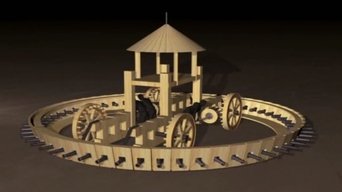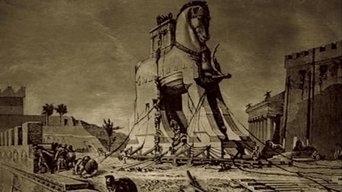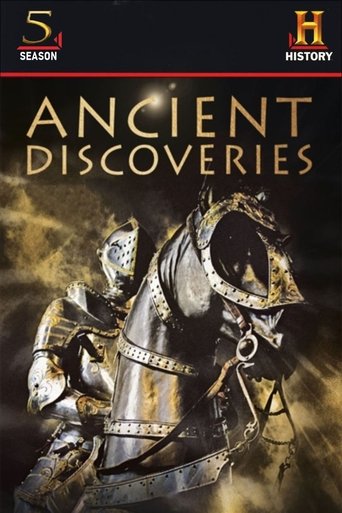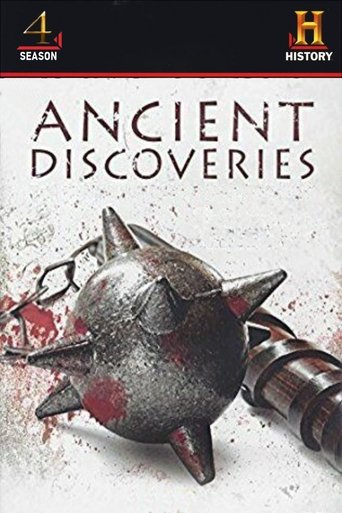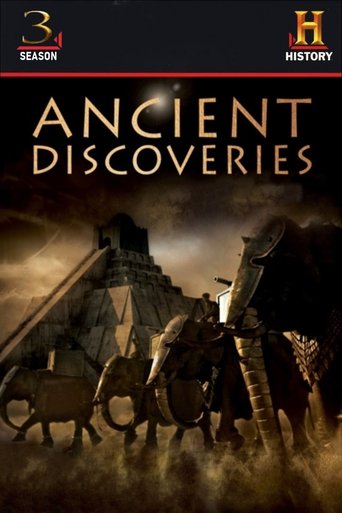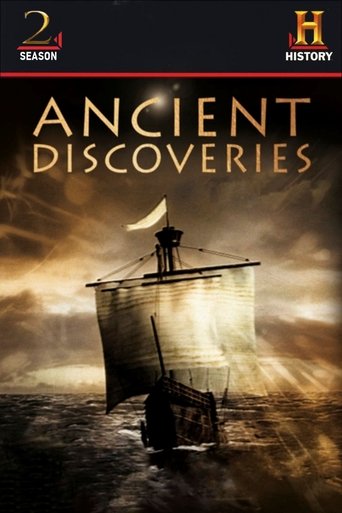Ancient Discoveries Season 3
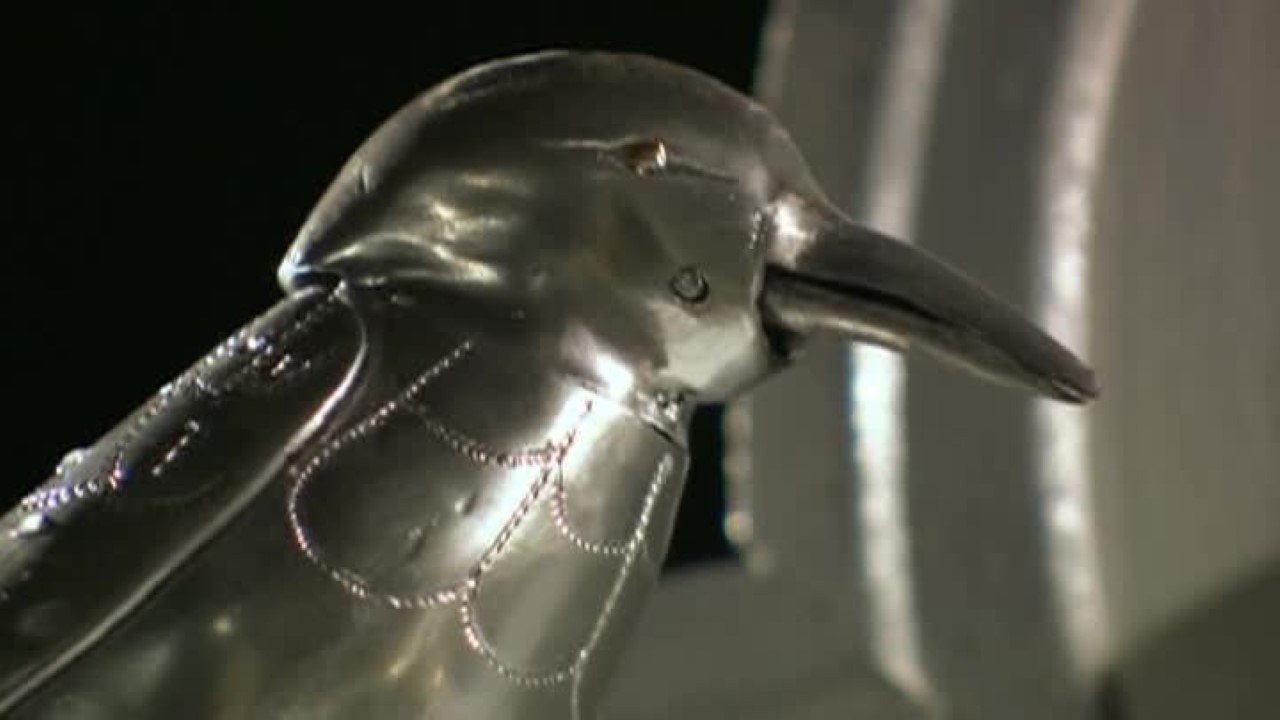
Ancient Discoveries was a television series that premiered on December 21, 2003, on The History Channel. The program focused on ancient technologies. The show's theme was that many inventions which are thought to be modern have ancient roots or in some cases may have been lost and then reinvented. The program was a follow-up to a special originally broadcast in 2005 which focused on technologies from the Ancient Roman era such as the Antikythera mechanism and inventors such as Heron of Alexandria. Episodes of the regular series expanded to cover other areas such as Egypt, China and East Asia, and the Islamic world. Ancient Discoveries was made for The History Channel by Wild Dream Films based in Cardiff in the UK. Much of the filming was done on location across the world. The series used contributions from archaeologists and other experts, footage of historical sites and artifacts, computer generated reconstructions and dramatized reconstructions along with experiments and tests on reconstructed artifacts.
Watch NowWith 30 Day Free Trial!
Ancient Discoveries
2003
Ancient Discoveries was a television series that premiered on December 21, 2003, on The History Channel. The program focused on ancient technologies. The show's theme was that many inventions which are thought to be modern have ancient roots or in some cases may have been lost and then reinvented. The program was a follow-up to a special originally broadcast in 2005 which focused on technologies from the Ancient Roman era such as the Antikythera mechanism and inventors such as Heron of Alexandria. Episodes of the regular series expanded to cover other areas such as Egypt, China and East Asia, and the Islamic world. Ancient Discoveries was made for The History Channel by Wild Dream Films based in Cardiff in the UK. Much of the filming was done on location across the world. The series used contributions from archaeologists and other experts, footage of historical sites and artifacts, computer generated reconstructions and dramatized reconstructions along with experiments and tests on reconstructed artifacts.
Watch Trailer
Ancient Discoveries Season 3 Full Episode Guide
From the internal combustion engine to the artificial heart, the legacy of Al-Jazari, the 12th century Muslim inventor, is everywhere around us. It's no exaggeration to say he laid the technological foundation for modern life as we know it. From cranks to pumps, from water clocks to mechanized robots, Al-Jazira wasn't just years ahead of his time, he was centuries ahead. In this thorough ANCIENT DISCOVERIES examination of Al-Jazari's influence, modern reproductions of his greatest breakthroughs bring his genius to life. See his famous elephant-themed, fully-operational water clock and other stunning technological achievements.
In this scintillating programme, we delve into the mysteries of ancient robots. The ancient world is littered with more references to automatic robotic machines than you might think. The mythical golden robot built by Hephaistos was fabled to roam the island of Crete three times a day, protecting its wealth. Its name was Talos, and it was famously depicted in the 1960s film ‘Jason and the Argonauts’. The gods were also supposed to have been surrounded by self moving ‘tripods’, doors which opened with acoustical signals and anthropomorphic robots. We ask if there is any truth in the amazing and sensational idea that the ancients had robotic devices. We examine the robotic inventions found in the texts of Homer, and compare them with machines known in the ancient world. In antiquity, Heron and Philon were the undisputed champions of robotic invention. We look at three of Philon’s most important automata inventions: the drinking horse machine, the automatic mechanism for supplying water and the automatic serving girl. Philon was working in the third century BC. We ask how he was able to create such marvels over 2000 years ago. We also look at automatic devices masterminded by Heron of Alexandria, such as robotic temple doors and the self-automated theatre. We also scrutinise the Hydraulis, an automatic water organ which was the favoured musical instrument of Emperor Nero. In an amazing discovery in Dion at the foot of Mount Olympia in Greece, the remains of a Hydraulis were found in 1992. Recently, a reconstruction was made of the instrument. It provided music for theatres, festivals and even amphitheatres. Yet the Hydraulis needed somebody to pump a bellows in order to provide an air supply. An automatic air supply was added to the machine in the shape of a small wind mill. A fully automated instrument had been created centuries before its time. For the first time in television history, we attempt to reconstruct the robotic machines of the ceremonial halls of the Byzantine Emperor of 830 AD. A variety of mechanisms were created in order to entertain visiting ambassadors and guests. There are stories of a gold pear tree with singing birds, two lions which roared while twisting their heads, griffins spreading their wings, and several wild animals that surrounded the throne roaring. It is thought these mechanical objects were commissioned by Emperor Theophiles from an unknown goldsmith. These craftsmen worked in the tradition of Heron of Alexandria, carefully crafting a mechanical scene which also contained singing and drinking birds. When the birds drank from a fountain, an owl turned its head towards the birds. There is still conjecture concerning whether these mechanisms operated by hydraulic power, water pressure or steam. Although no robotic human forms are thought to have been created, the ancient world did have self moving mechanical devices. We attempt to reconstruct some of these awe inspiring machines, decisively proving that the ancient engineers and inventors knew how to harness robotic technology 2000 years ago.
For the first time, this program unveils the remarkable story of how China created a myriad of ingenious devices including cosmic machines able to collect data on the stars, hydraulic hammers, water-controlled clocks and even paper. We discover that ancient China was an industrial superpower, armed with devices such as heaven carts' able to drill down deep underground, geared milling machines and mass production plants powered by water. Incredibly, unlike the ancient Egyptians, the Chinese developed their inventions with an eye for safety. Sophisticated mining props were designed to prevent cave-ins; ancient "carburetors" to control volatile natural gas; they even managed to design the world's first earthquake detector. Setting out on an epic journey across all of China, we meet leading historians and model-makers who keep tales of ancient China alive. We visit a reconstruction of an ancient Chinese iron furnace to unravel insights into how the Chinese created a forty-ton iron artefact five centuries before the West discovered cast-iron technology. Most impressive of all, we meet the leading clay expert Professor Ye Hongming who has spent a lifetime seeking to discover the secrets of how the ancient Chinese created their vast terracotta army. This pioneering documentary seeks to lift the centuries-old veil on China's greatest inventions, revealing how many of the West's modern-day inventions owe an extraordinary debt to ancient China's greatest minds.
Exploring the military innovations of ancient China, including gunpowder, flame throwers, rockets, automated crossbows, siege machines, and the grand scale of their battles
Egyptian monuments and great works of art still astound us today. But ANCIENT DISCOVERIES strives to reveal another surprising aspect of Egyptian life: their sophisticated weapons of war and their great might on the battlefield. A common perception of the Egyptians is of a cultured and civil people, yet there is fascinating evidence which reveals they were also an accomplished war-faring people. Visit the great tombs and search the ancient archives to discover the secrets to their military might. Discover how Ancient Egyptians pioneered weapons technology that is still put to use to this day, and experience their absolutely epic battles.
Today, when you have to move a three-ton limestone sarcophagus you just grab a heavy-duty forklift. But what options did ancient engineers have in an age when the only sources of power were humans and animals? What ingenious methods and machines were utilized to move phenomenally heavy objects and to create structures that would put even today’s machines to the test? From the Pharos Lighthouse of Alexandria to the Parthenon on the Acropolis, this episode reveals the ingenuity of the ancient heavy engineers and shows how their machines built and transported some of the most amazing structures in Antiquity.
SUPERSHIPS reveals recent, extraordinary discoveries of ships from the ancient world. New scholarship and breakthroughs in underwater archaeology have vastly increased our store of knowledge regarding ancient navies. But with new information comes many questions. What do these finds say about the societies which created them, and the techniques they used in their construction? Who could have mustered the resources and know-how to construct such impressive nautical marvels? How did they build such remarkable ships? And, most intriguingly, why? Travel back to ancient Egypt and learn about the "Khufu Boat" which had not one metal nail in its construction, and uncover huge sailing vessels, dating from 3000 B.C., in Abydos near the Nile. Some of the most exciting discoveries that have been made include ancient warships, some massive enough to carry a crew of 7000.
With so many gods to choose from and so many temples vying for the average worshiper's fidelity, Ancient Greece and Rome was a buyer's market for religions. Priests were desperate to demonstrate the supremacy of their particular god and his or her personal involvement in their temple. To that end, Wonders of the Ancient World were constructed, iron chariots were suspended in mid-air, and automatic soap dispensers were installed.
Many ancient inventors imagined - and sometimes even constructed - machines for transport that would not be out of place today. This captivating episode reveals surprising new information about transportation technology invented by our distant ancestors. You will marvel at railway cars built in Greece in the 6th century BC and at the fantastic thirty-passenger wind-car designed in 6th Century AD China. You will trace the strings of evidence that hint at flying machines in ancient Greece, Egypt and China thousands of years before the Jet Age.
In this episode, journey to the site in Turkey believed to be the location of the real Troy as ANCIENT DISCOVERIES analyzes one of the world's greatest historical battlegrounds for new clues. Uncover fascinating evidence illuminating Achilles' duel against Hector, the sailing of the vast Mycenaean fleet and the great wooden ship of Troy. Watch as we apply modern technology, archaeology and engineering to uncover the real story behind this legendary war.
Free Trial Channels
Seasons


